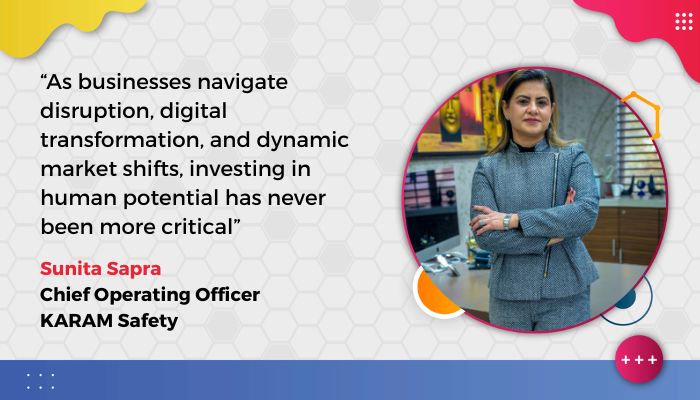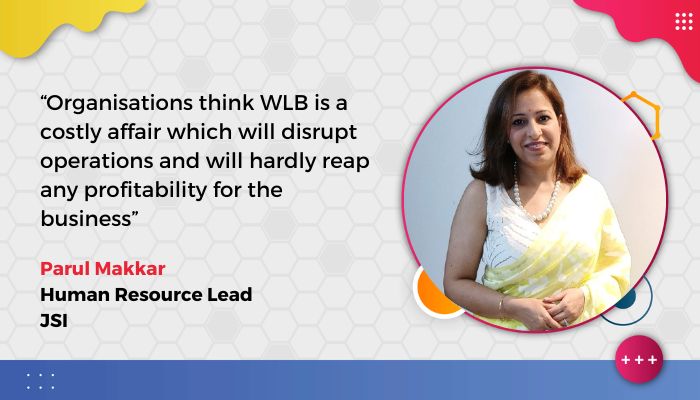India’s telecom sector can emerge as the poster child for modern industry as an engine of economic growth
The IT revolution of the last century enabled Corporate India to demonstrate its technological strength and emerge as the largest exporter of IT and BPO services to the extent that global organizations rely on 5 million Indians to power their capability centers. Having proven its mettle, the country must now prepare to further build upon these capabilities and deliver a higher order of work that is skill-intensive. India@100 needs to consolidate its position as a technology and services hub, ramp up its production and manufacturing facilities to create more jobs, expand the reach of education and skill development to impact the last mile and thus deliver the goal of antoyodaya.
The roll out of 5G with its promise of improved connectivity and reduced latency is one such initiative that will have a cascading impact on different aspects of the economy. It will help enhance the quality of work and drive skill development across the workforce. The expansion of coverage to remote areas, enhanced user experience via AR and VR technologies will impact multiple other sectors such as healthcare, agriculture, education, disaster management thus leading to job creation as well pushing the urban-rural divide. 5G will also enable the development of new services and products powered by IoT which in turn will drive new business models. It will also revolutionize the transport and mobility sectors and facilitate remote working models. In the manufacturing sector the adoption of new technologies powered by 5G will help to increase productivity, reduce downtime, minimize wastage and thus reign in costs. It will also facilitate the creation of smart buildings and smart cities which in turn will have a big impact on safety and surveillance. India Inc. must emulate the telecom 5G-rollout model in embracing new technologies and implementing skill development and expanding the sphere of work beyond urban centers.
Securing know-how and technology – In this hyper-connected world of technology it is essential to remain up-to-speed with the latest in hardware and software as technology is the key to unlocking all innovation and disruption. The adoption of DPI or India stack is a clear example of the power and potential of technology in reaching the last mile. In striving to achieve the goals of economic growth it is essential that we espouse Industry 4.0 to leverage the best of technology to keep pace with the changes in the global ecosystem. India holds great potential be it in its manufacturing prowess or the potential capability of its youth. However, the key to delivering on these promises is by leveraging the latest technology as investments in robust manufacturing and automation technologies will help to curtail issues around productivity, logistics, quality and supply chain. This will help facilitate the expansion of the manufacturing sector to service international as well as domestic markets to improve the return on invested capital (ROIC). At the same time it will lead to job creation that will spur economic growth. Every technology acquisition thus, brings organizations closer to the ability to create something unique that can potentially benefit people across geographies. Growing technological feats will help businesses to expand their horizons across sectors as diverse as healthcare, agriculture, energy, and mobility to create a robust ecosystem that will spiral upwards.
Targeted skill development – India’s large number of well-trained workers have been lending strength to skill-intensive value chains such as pharmaceutical formulations, capital goods, and automotive components. However, the goal is to expand skills and job opportunities across many more technologically advanced manufacturing value chains to increase the gross value added (GVA). Some of the sectors that can augment India’s growth story include chemical products and petrochemicals; agriculture and food processing; electronics and semiconductors; capital goods and machine tools; iron ore and steel; and automotive components and vehicles.
India’s manufacturers must aim to replicate the IT sector’s experience in promoting the large-scale development of skills. As early as the 1990s, companies such as Wipro and Infosys became cognizant of the fact that they would need to rely on in-house curricula and faculty to cultivate the requisite skill among the new hires. This led to the rise of privately owned computer training institutes such as Aptech and NIIT which then supplanted the needs of the IT industry. The Indian manufacturing sector needs to adopt a similar action plan via various initiatives such as partnering with universities, engaging in work-based learning programs and implementing upskilling activities via L&D programs to catalyze skill development in the country.
Beyond urban centers
The new emerging India with its rapidly improving infrastructure and the high availability of talent at lower costs is making it attractive for businesses to look beyond urban centers for their business expansion plans. This is a welcome development as it will help relieve the stress on metros which are stretched to the limit in terms of space and infrastructure. It will also facilitate better distribution of wealth leading to an enhanced quality of life in tier 2 and 3 cities as well as rural India.
The pandemic served to accelerate the shift in attention to tier 2 and tier 3 cities with state governments working towards attracting businesses to smaller cities to usher in social and economic development. This has led to the rise of the hub and spoke model where organizations have one central office hub in the cities and smaller satellite offices. This model provides greater flexibility for employees while it offers employers access to a wider pool of talent. The Telangana government is planning IT towers in Tier 2 and 3 towns while the Karnataka Digital Economy Mission (KDEM) has led IBM to open a Client Innovation Centre (CIC) in Mysuru as part of its ‘Spoke-Shore Strategy’. The Karnataka government aims to establish at least 100 Global Capability Centres (GCCs) in smaller cities by 2025 to build a connected global talent hub.
India must leverage the collective strength of its industry, HEIs, and talent as it works towards increasing jobs and productivity to improve the GDP and raise the quality of life for its people. The telecom sector with the rollout of 5G has set a precedent of how leveraging new technology can lead to job creation, lay the foundation for retraining and redeployment of the workforce and unleash the creation of new pathways for innovation and development to reach the last mile.
Author: Kartik Narayan, CEO – Staffing, TeamLease Services Limited
About the Author
Kartik Narayan is currently the CEO (Staffing) of TeamLease Services Ltd. He was previously working with Vodafone Idea where his role as EVP & National Head – Strategic Accounts required him to evolve strategy, drive sales and provide commercial leadership in a pan India P&L role. In his work at Vodafone Idea, Kartik supported national, regional and global organisations, successfully building and leading highly effective teams to drive growth and market share performance. Kartik’s prior assignments include working with the services & consulting division in Cisco India; as Regional Director for Riverbed Technologies setting up greenfield operations in South India, Sri Lanka & Bangladesh and over a decade with Airtel where he did multiple general management roles including pioneering the U.S operations for Bharti Airtel USA Ltd. Kartik has a Bachelor’s & Master’s degree in commerce from Pune University and an MBA from Symbiosis Institute of Digital & Telecom Management. His personal interests include reading, teaching, playing golf and movies.
Disclaimer: The opinions and views expressed in this article, including any accompanying data, are the sole responsibility of the author and should not be construed as reflecting the official policy or position of India Employer Forum.






